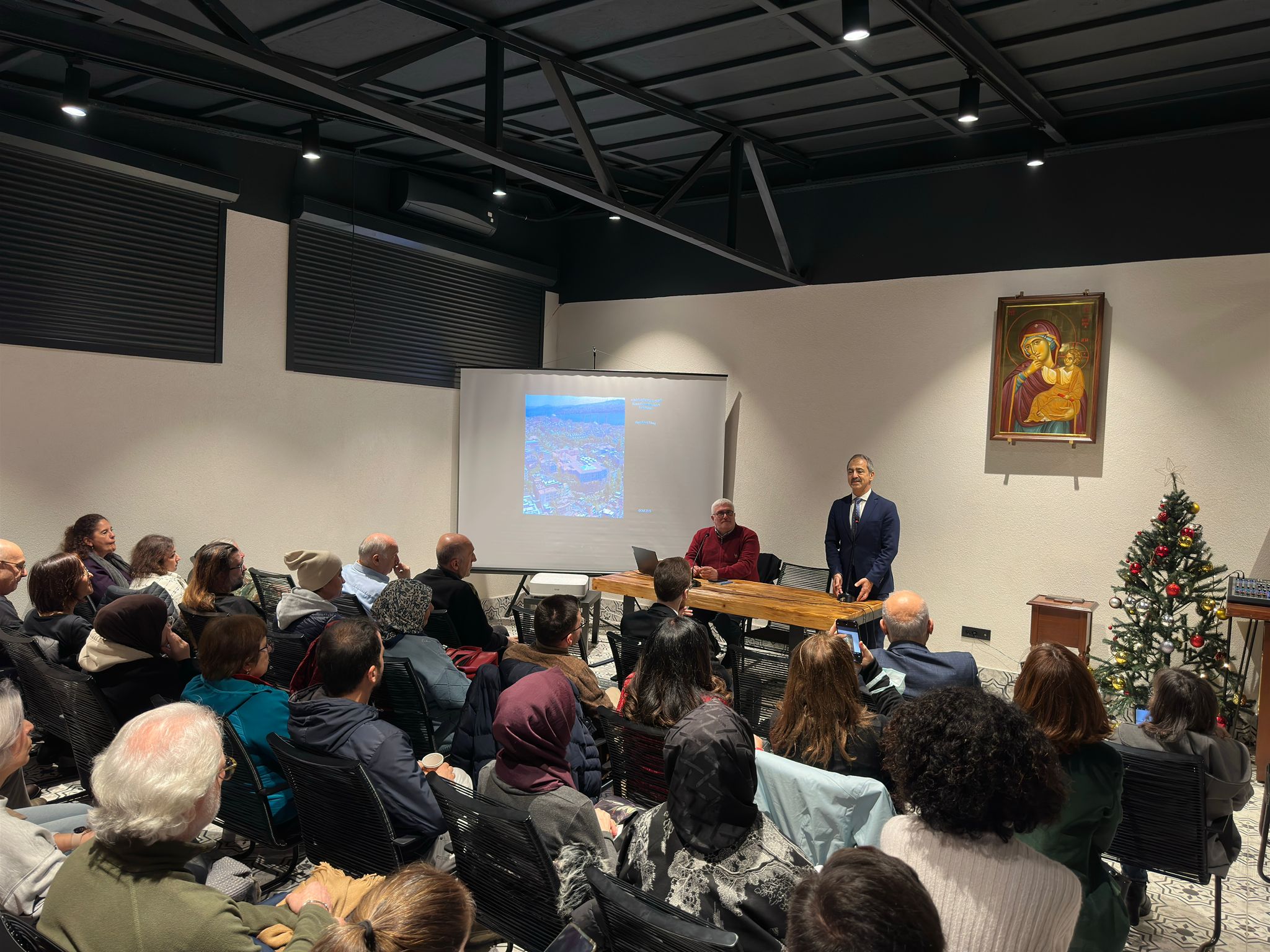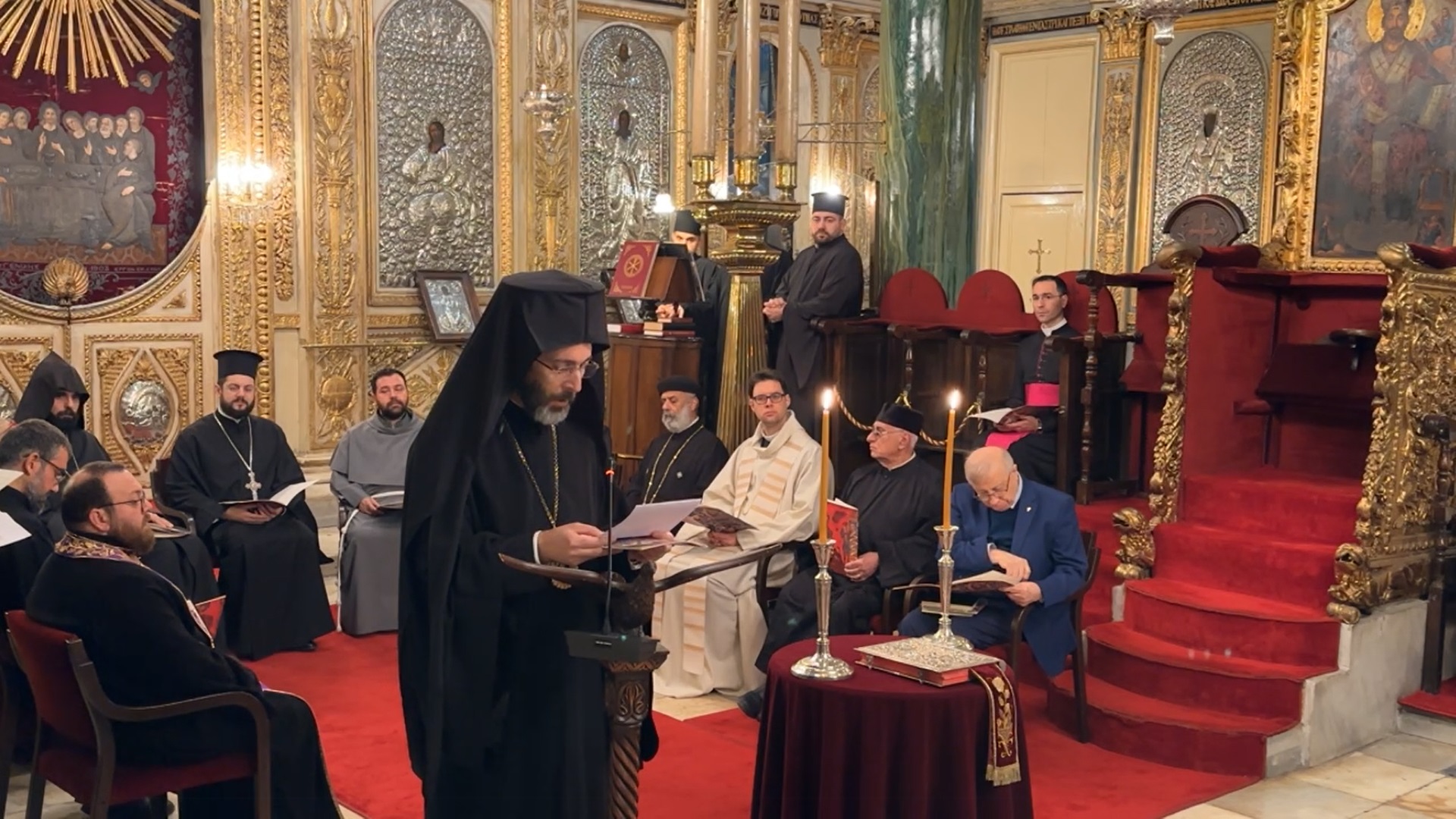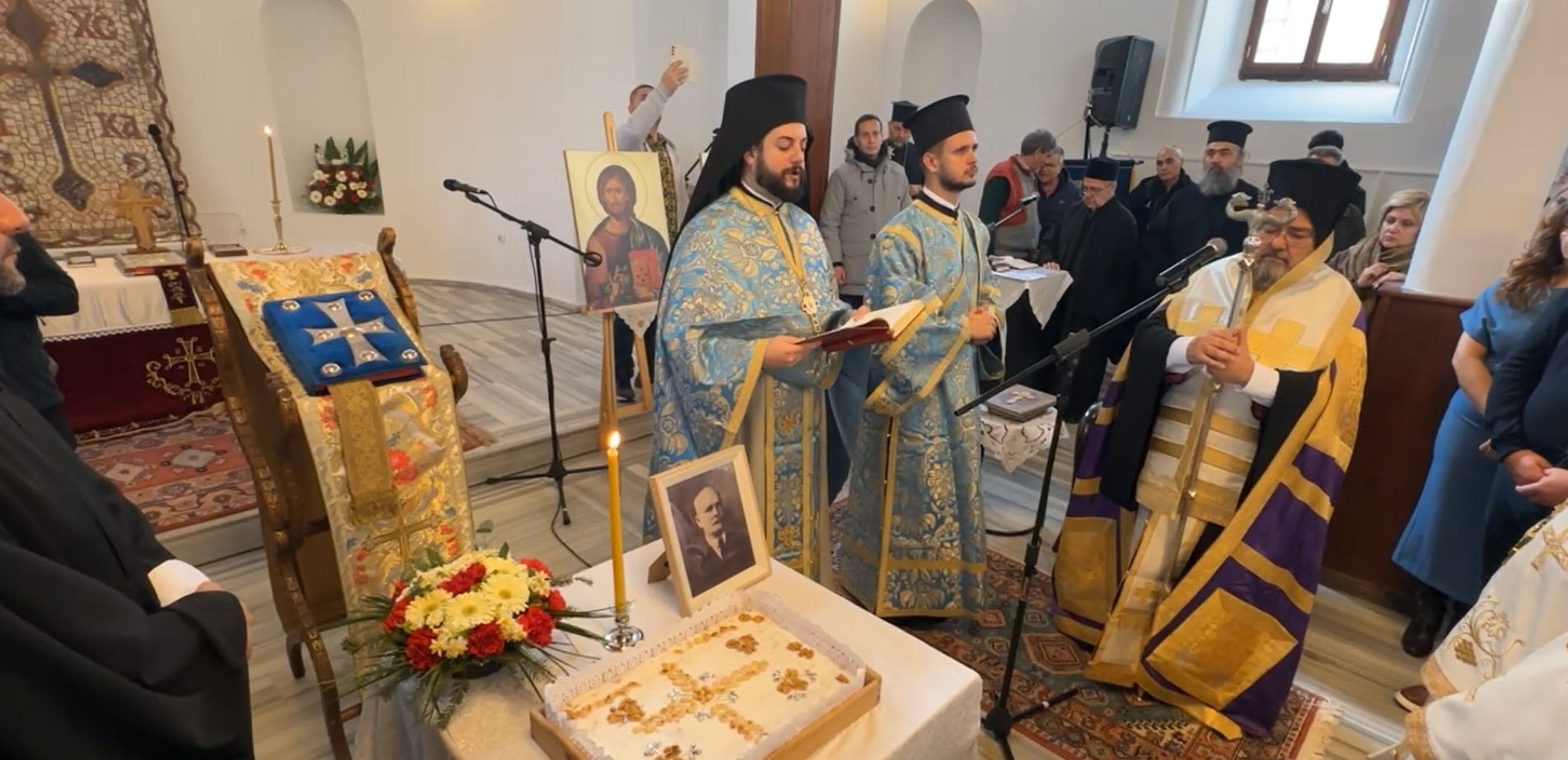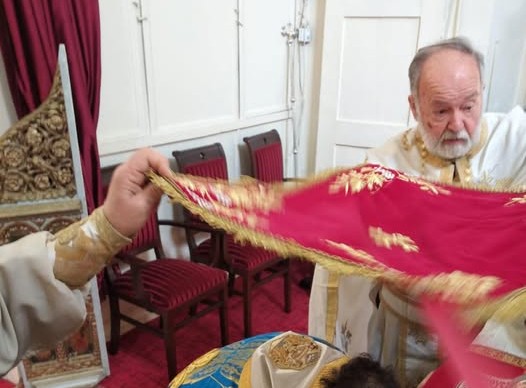Saint Veronica, the woman with the issue of blood who was healed by Jesus (12 July)
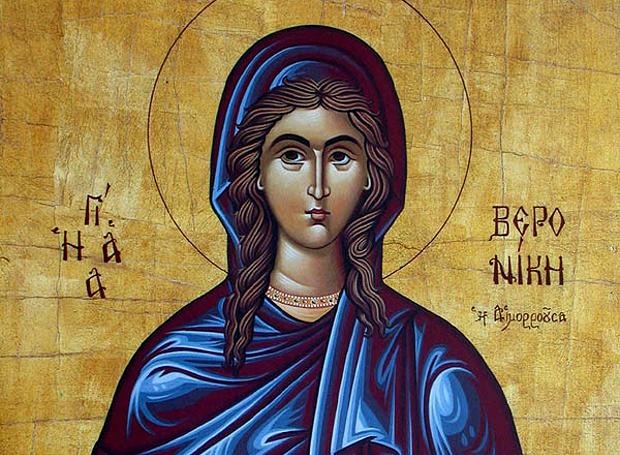

The account of the woman with an issue of blood, who had the unusual name of Veronica, may be found in the Gospel according to Saint Matthew (9:20-22), in Saint Mark’s Gospel (5:25-34), and also in Saint Luke’s Gospel (8:43-49).
The Synaxaristes of Saint Νikόdēmos of the Holy Mountain states that this Saint was from the city of Paneada. When the Lord healed her issue of blood, she was very grateful, because for twelve years she had “suffered much under many physicians, and had spent all that she had, and nothing had helped, but instead she became worse” (Mark 5:26).
She had heard of Christ, and decided to go to Him, believing that she would be healed merely by touching His garment. When she did this, the Savior felt that power had gone forth from Him. Turning to the crowd, He asked who had touched His garment. His disciples were puzzled by the question, since many people were pressing Him on all sides. Saint Veronica came forward and fell down before Him in fear and trembling, and admitted what she had done. The Lord said, “Daughter, your faith has made you well; go in peace, and be healed of your affliction” (Mark 5:34).
In her gratitude, she made a statue of Him and placed it in front of her house, where everyone could venerate it. A healing plant grew at the base of the statue, which was able to cure various diseases.
Later, Saint Veronica became a member of the early Church. After living a life of holiness, she surrendered her soul to God.
Roman Catholics venerate a saint named Veronica, who is said to have wiped the Savior’s face with her veil as He carried His Cross to Golgotha. She is not the saint who is commemorated by the Orthodox Church. That cloth was called the “Veronica,” or true image (from vera and iconica) of Christ’s face. Saint Gregory of Tours uses this word (Vita Patrum chapter 12) for an image (see the Greek word εικόνα). This incident, is not mentioned in the Gospels.
Some uninformed iconographers confuse these two women and depict our Saint Veronica holding a cloth with the imprint of Christ’s face, which is not in accordance with Orthodox Tradition. On August 16, the Orthodox Church commemorates the Image not made by hands, the cloth which Christ sent to King Abgar with the imprint of His Face.
Veronica is the woman with the issue of blood whom the Lord healed: And, behold, a woman, which was diseased with an issue of blood twelve years, came behind Him, and touched the hem of His garment (St. Matthew 9:20). Out of gratitude to the Lord, her Healer, Veronica ordered a statue of the Lord Jesus be made for her, before which she prayed to God. According to tradition, this statue was preserved until the reign of Emperor Julian the Apostate, who altered the statue so that it becme an idol of Zeus.
This is one of the rare instances in which statues of saints have been used in the Eastern Church. As is known, the latter became a common practice of the Western churches. Saint Veronica remained devoted to the Faith of Christ until her peaceful repose.
Source: oca.org





